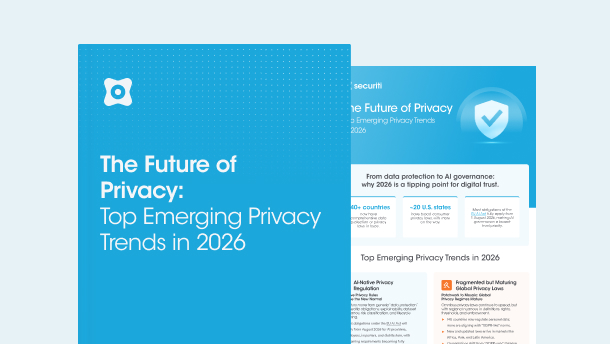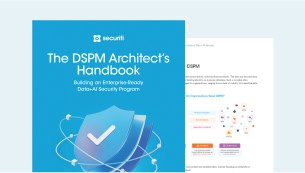Snowflake is helping organizations resolve their data silos problem and bring all their data applications, data warehouses, and data lakes together under one platform: a hyper-scale cloud storage solution.
However, discovering and classifying data becomes increasingly difficult to control as this massive data volume moves to the cloud.
Ever Growing Data Sprawl
Can the existing data in the Snowflake database provide complete context, and thus, help derive meaningful results? When data exists across a multitude of data assets and data stores, it is prone to data sprawl. The absence of a unified catalog of data that can map sensitive data, and understand its context, creates complications. This absence also leads to frustration and confusion amongst teams as it impedes their ability to identify data risk hotspots or compliance gaps.
Analysis Paralysis
Data discovery and classification is the first step in data analysis. Data analysts and scientists spend a lot of time and effort manually sorting, tagging, labeling, and cataloging data in the Snowflake data warehouse. Paralysis by analysis occurs when data scientists have to analyze a mass amount of data, scattered all over the place.
Automation takes the consequences of ‘information overload’ out of the equation. It adds speed and efficiency to the process, enabling data scientists to shift their focus from data discovery and classification to more important tasks like extracting key insights from a catalog of classified and categorized data.
Vague Data Taxonomy
Efficiency in data discovery comes from effective data classification. This helps data scientists to group the data into content-based or context-based categories which further help them determine which data in the Snowflake database is at low, moderate, or high risk. However, effective classification requires well-defined data taxonomy, but taxonomies may vary by region or industry.
Some organizations have vague taxonomies that open the context or meaning of the data element to many interpretations. This further complicates things when data scientists need to map the data or recall it to, for example, fulfill data subject requests.
Manual Data Classification
There can be over a trillion bytes of data in a Snowflake data warehouse. Manually classifying and tagging data creates a lot of complications. It is not only labor-intensive, but it also requires a lot of time.
Moreover, data classification isn’t a one-off activity as data doesn’t remain static. The dynamic nature of data requires continuous scanning, which is only feasible with automation. Moreover, data classification isn’t a one-off activity as data doesn’t remain static. The dynamic nature of data requires continuous scanning, which is only feasible with automation.
Automation takes the load off of team members and enables data discovery and classification at a petabyte scale.
Ineffective Attribute Identification
Not every data is liable for regulatory compliance. Regulatory Laws, such as the GDPR, have defined certain types of data as personal or sensitive personal data. Sensitive personal data requires additional protection by law. To meet regulatory requirements, organizations must identify special attributes during data classification and cataloging. By identifying those attributes and mapping them to the right owners or users, Snowflake users can set access controls, avoid security risks, and ensure compliance.
Securiti Equips Snowflake Users with AI-Driven Automated Data Discovery and Classification Solution
Securiti’s solution for Snowflake utilizes AI to automate data discovery, classification, and cataloging across all data assets in the Snowflake data warehouse.
Securiti’s native Snowflake connector allows seamless integration. This helps users to discover data assets on-premise and cloud storage efficiently. Identify personal and sensitive attributes with an advanced built-in detection system.
With predefined categories and data taxonomies, Snowflake users can automate the classification process and effectively identify personal and sensitive attributes that fall under security and privacy frameworks.
Resulting Benefits
- Significantly reduce manual labor that otherwise goes into classification and cataloging
- Reduce security and privacy compliance risks resulting from manual practices
- Automate regulatory compliance for personal and sensitive information
Read here how Securiti helps organizations enable innovation on the cloud with autonomous data discovery, security, and compliance.














































